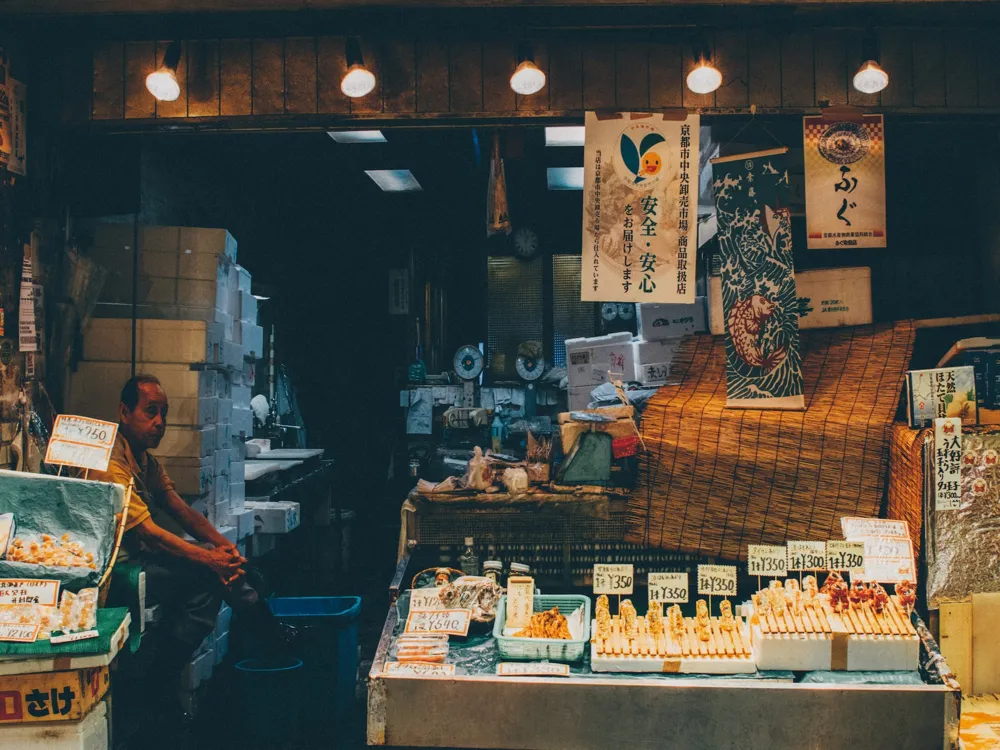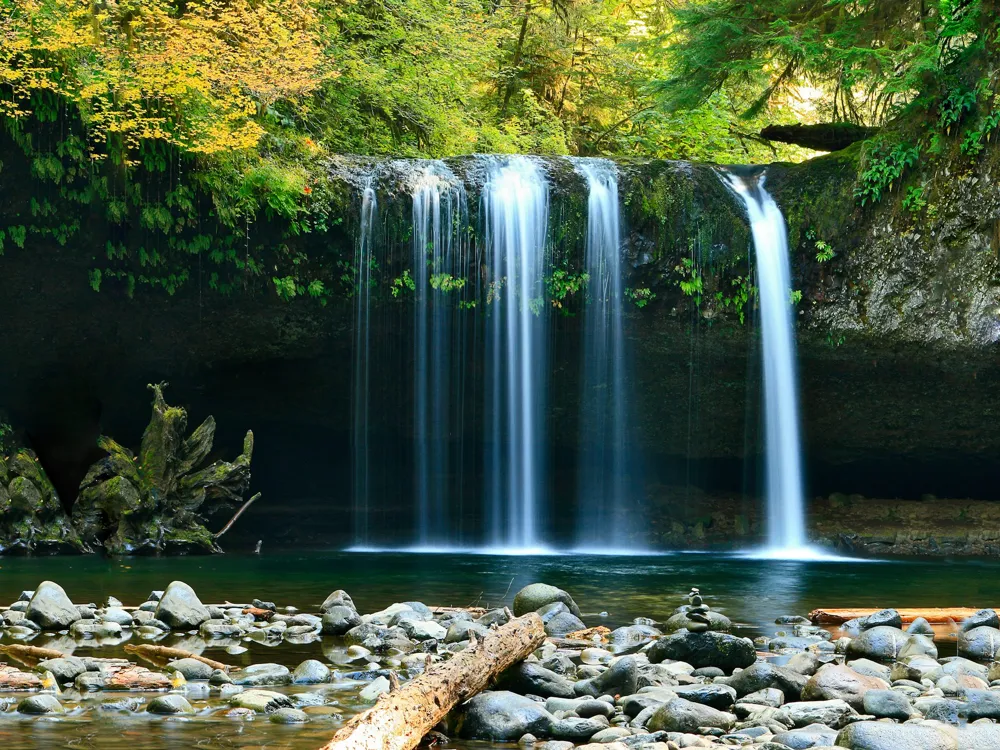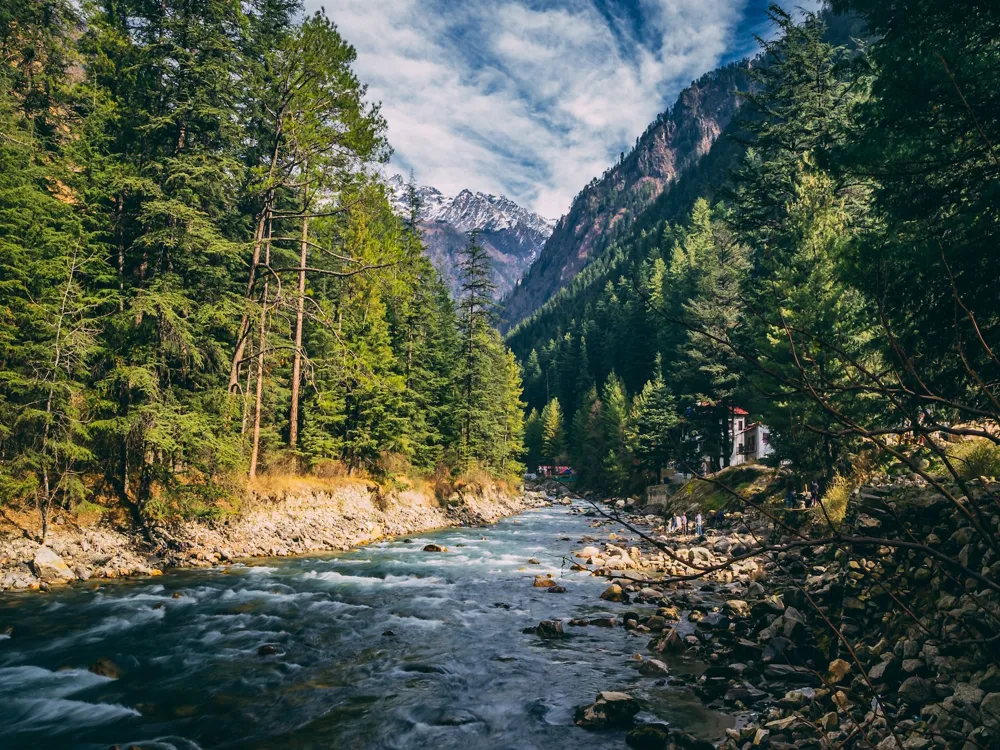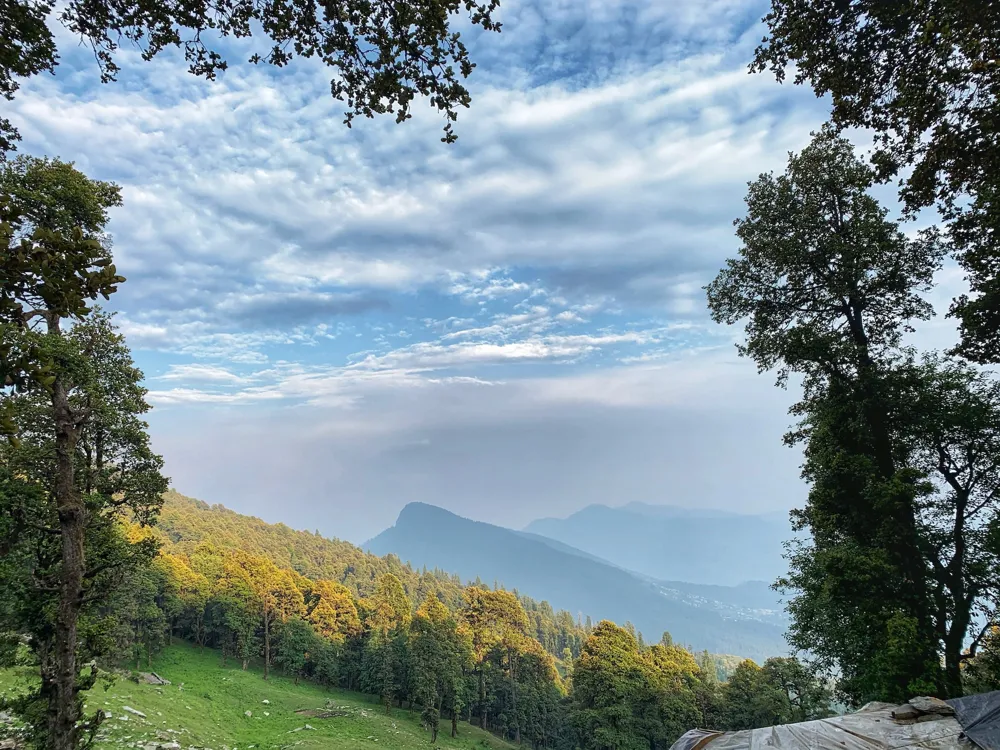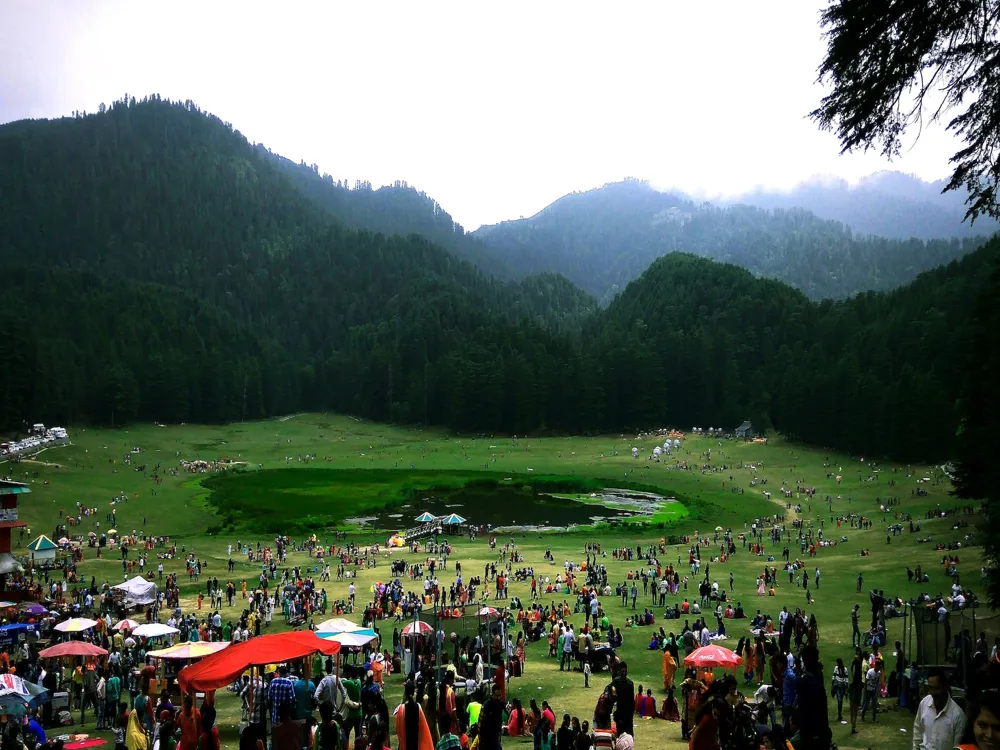Bir, a small town in the Kangra District of Himachal Pradesh, India, is a place of serene beauty and vibrant culture. Nestled in the foothills of the Indian Himalayas, it is known for its breathtaking landscapes, spiritual significance, and as a world-class destination for paragliding enthusiasts. The town, surrounded by tea gardens and lush forests, presents a tranquil retreat from the hustle and bustle of city life. Bir, often paired with Billing – a takeoff site for paragliding some 14 km away, forms a part of what is known as the 'Paragliding Capital of India'. Bir's history is as fascinating as its landscapes. The area is believed to have been an important center for meditation and scholarly study under the guidance of Buddhist masters. This heritage is still evident in the presence of several monasteries dotting the region, where the practices and teachings of Buddhism continue to thrive. The cultural tapestry of Bir is further enriched by the influence of the Tibetan community, who have made it their home since the early 1960s. The town's climate adds to its allure, offering pleasant and mild weather most of the year. Monsoons bring out the verdant beauty of Bir, while winters are relatively cold, making it a year-round destination for tourists and adventure seekers. From paragliding, trekking, and mountain biking to meditation, and exploring monasteries, Bir provides a diverse range of activities catering to various interests. Bir's economy thrives on tourism, but it remains grounded in its ecological and cultural ethos. The town is an exemplar of sustainable tourism practices, with numerous eco-friendly accommodations and restaurants that focus on local produce and cuisine. The community's commitment to environmental conservation and sustainability is evident in the way the town is managed and maintained, making it an ideal destination for eco-conscious travelers. Bir's architecture is a captivating blend of traditional Himachali styles and Tibetan influences. The structures here are primarily made of wood and stone, designed to withstand the hilly terrain and weather conditions typical of the Himalayan region. The use of locally sourced materials in construction not only reflects the town's connection with its natural surroundings but also showcases the ingenuity of traditional architectural practices. One of the most striking features of Bir's architecture is the Tibetan monasteries, known as Gompas. These monasteries are characterized by their vibrant colors, intricate wood carvings, and unique designs that reflect Tibetan Buddhist culture. The walls of these monasteries are often adorned with Thangkas – Tibetan Buddhist paintings – and feature statues of various deities and lamas. The Dharmalaya Institute, an eco-friendly educational and meditation center, is another architectural marvel in Bir, constructed using bamboo, mud, and other sustainable materials. Traditional Himachali homes in Bir are typically two-storied, with the ground floor used for cattle and storage, and the upper floor for living quarters. These houses are built using the Kath-Kuni technique, where interlocking pieces of wood are used without nails, allowing the structure to remain flexible and earthquake-resistant. The sloping roofs, made of slate or metal, are designed to handle the heavy monsoon rains and snowfall. Modern architecture in Bir, though limited, is increasingly reflecting a blend of traditional styles with contemporary design elements. This includes eco-friendly guesthouses and cafes that are designed to be harmonious with the natural landscape while providing modern amenities to visitors. The ideal time to visit Bir is from March to June and from September to November. These months offer the best weather for paragliding and other outdoor activities. The monsoon season, while beautiful, can be challenging for travel and adventure sports. Don't miss trying the local Tibetan and Himachali cuisine. Favorites include momos, thukpa, and local breads like sidu. Many cafes also offer a range of international cuisines, catering to diverse palates. Bir offers a variety of accommodations, from budget homestays to luxury resorts. Eco-friendly and sustainable options are also widely available, providing a unique experience closely tied to the local culture and environment. Visitors are encouraged to respect local customs and traditions. This includes dressing modestly, removing shoes before entering religious sites, and being mindful of local etiquette
Overview of Bir, Himachal Pradesh
Architecture of Bir
Tips When Visiting Bir
Best Time to Visit
Local Cuisine
Accommodation Options
Respect Local Culture
Bir Market
Bir
Himachal Pradesh
₹ 6,250 onwards
View bir Packages
Also Refered As:
Bir Road Bazaar
Bir Travel Packages
View All Packages For Bir
Top Hotel Collections for Bir

Private Pool

Luxury Hotels

5-Star Hotels

Pet Friendly
Top Hotels Near Bir
Other Top Ranking Places In Bir
View All Places To Visit In bir
View bir Packages
Also Refered As:
Bir Road Bazaar
Bir Travel Packages
View All Packages For Bir
Top Hotel Collections for Bir

Private Pool

Luxury Hotels

5-Star Hotels

Pet Friendly







